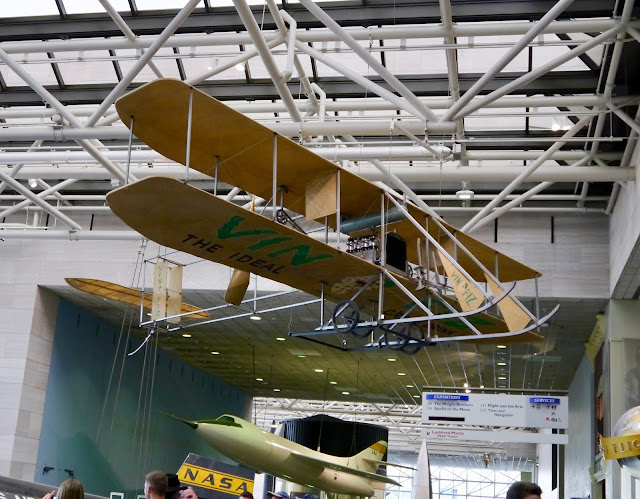Ginevra de’ Benci 1474/1478
Leonardo’s portrait of Ginevra de’ Benci is the only painting by the artist in America. The young Florentine lady, who was much admired by contemporaries for her culture, beauty, and character, appears on the front of a double-sided wooden panel. She sits before a juniper bush, on evergreen that not only provides a dark foil to enhance her pale features, bu also alludes to Ginevra’a name: the Italian word for juniper is ginepro.
On the back of the panel a wreath of laurel and palm branches encircling a juniper spring is depicted. Entwined around the plants is a scroll with a Latin inscription meaning “Beauty Adorns Virtue.” Together the plants and the text present an emblematic portrait of Ginevra: the laurel and palm are common symbols for intellectual and moral virtue, and the Latin word for beauty artfully twines about the juniper.
The wreath is truncated at the bottom, indicating that the panel was cut down at some time in the past. Her portrait on the front of the panel may originally have included the sitter’s hands. Despite its less than complete state, the picture is very well preserve.
Ginevra de'Benci 1474/1478
Portret Leonarda przedstawiający Ginevra de 'Benci jest jedynym obrazem artysty w Ameryce. Młoda florencka dama, podziwiana przez współczesnych za jej kulturę, piękno i charakter, pojawia się na froncie dwustronnego drewnianego panelu. Siedzi przed krzakiem jałowca, na zimozielonym, który nie tylko zapewnia ciemne tło, aby poprawić jej bladość, ale także nawiązuje do imienia Ginevry: włoskie słowo na jałowiec to ginepro.
Z tyłu obrazu przedstawiony jest wieniec z laurowych i palmowych gałązek otaczających wiosenny jałowiec. Wokół roślin znajduje się zwój z łacińskim napisem „Piękno ozdabia cnotę”. Razem rośliny i tekst przedstawiają symboliczny portret Ginevry: laur i palma są wspólnymi symbolami cnoty intelektualnej i moralnej, a łacińskie słowo „piękno” pomysłowo owija sie wokół jałowca.
Wieniec jest ścięty u dołu, co wskazuje, że obraz został kiedyś obcięty. Portret mógł początkowo zawierać dłonie Ginevry. Pomimo tego, obraz jest bardzo dobrze zachowany.
Information about the painting comes from the museum's publication.
Informacja o obrazie pochodzi z wydawnictwa muzeum w Washington DC.




















































